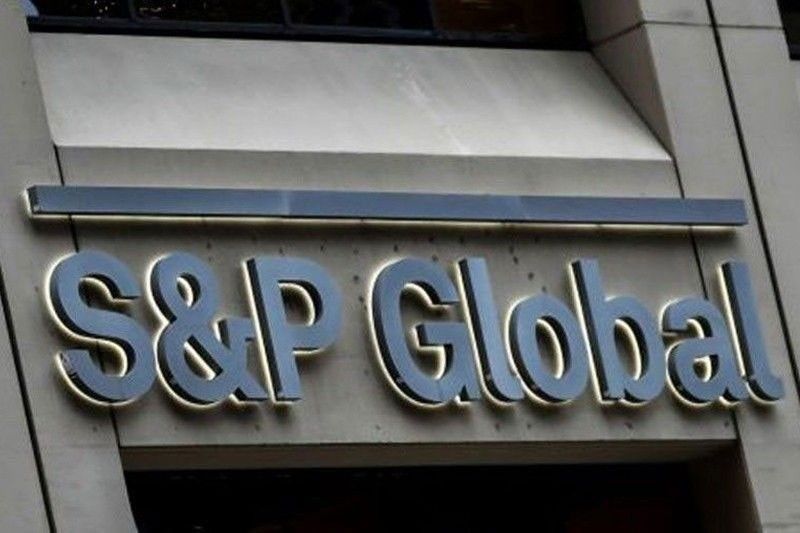Credit losses of AsPac banks may hit $513 billion

MANILA, Philippines — Credit losses of Asia-Pacific banks may climb by nine percent to $513 billion this year amid higher inflation and lower global growth, according to S&P Global Ratings.
In a report, the debt watcher said credit losses of banks in Asia-Pacific, excluding China, may increase by 9.4 percent to $77 billion this year.
Separately, credit losses of Chinese bank are expected to climb by 8.9 percent to $436 billion as 40 percent of Chinese property developers are in financial difficulty.
“In our view, real estate non-performing loans will remain elevated in 2023, after doubling in 2022. They would be higher still if not for forbearance policies that allow banks to classify credit stress among developers as normal or special-mention loans,” S&P said.
It said reasonable collateral buffers on real estate loans would support this approach, and banks are expected to reclassify the loans to NPL if their loan-to-value ratios approach or exceed 100 percent on already problematic loans.
S&P said it expects credit losses of the 83 banking systems that it monitors to reach about $2.1 trillion over a three-year period ending 2024.
It is looking at credit losses amounting to $680 billion or six percent above the $640 billion forecast for 2022.
For this year, losses are expected to rise faster to $765 billion or 10 percent higher than the previous projection of about $695 billion.
“A silver lining is that global banks enter 2023 with broadly healthy capital and solid balance sheets and their net interest margins will continue to benefit from higher interest rates. This should provide comfortable headroom to absorb higher losses without depleting capital,” it said.
According to S&P, the deteriorating picture highlights the increasingly murky economic outlook across the world.
“Besides higher inflation and lower economic growth, banks and their customers also face property-sector weaknesses in many jurisdictions. Additional key risks are potentially higher corporate insolvencies exacerbated by high corporate leverage, high government leverage, and weaker property sectors,” S&P said.
The debt watcher lowered its gross domestic product (GDP) growth forecast for Asia-Pacific to 4.3 percent from 4.5 percent but retained next year’s projection at 4.6 percent from about 4.1 percent in 2022.
The Philippines is seen emerging as the third fastest growing economy this year after Vietnam’s 6.3 percent and India’s six percent.
S&P sees the GDP growth of the Philippines easing to 5.2 percent this year before picking up to 6.6 percent next year.
The Philippines’ GDP growth accelerated to 7.6 percent last year from 5.7 percent in 2021 with the reopening of the economy as strict COVID-19 quarantine and lockdown protocols were lifted.
- Latest
- Trending


























